Global Canvas: International Nail Art Traditions
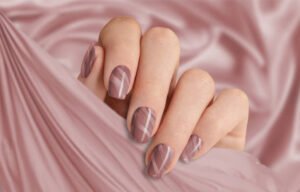
In South America, especially Brazil, nail painting is part of daily life. Brazilian nail art is more about vivid, eye-catching designs that reflect the people’s vibrant culture and joyful mood than symbolism. Women sometimes wear nails painted in their country flag colors during football matches, combining fashion and patriotism.
Celebrity culture and Hollywood have shaped nail art in North America. Since the 1980s, American nail art has become a significant fashion trend. Airbrushing and appliques produce everything from simple French manicures to intricate 3D patterns with jewels, feathers, and lace.
Eastern European countries, especially Russia, dominate in complex and avant-garde nail art. Russian nail artists use complicated patterns and varied textures, including matte, gloss, and metallics, to make a fashion statement. Western Europe prefers mild improvements that highlight natural beauty.
Nail art is new to the Middle East yet growing. It uses elaborate Arabic geometric and floral designs to reflect the region’s jewelry and textile traditions. These designs are usually gold or silver to match Middle Eastern luxury.
Contemporary Australian nail art incorporates indigenous elements. Nail artists use Aboriginal dot painting techniques to honor the continent’s indigenous peoples’ heritage. These designs are lovely and communicate land and history stories.
As we travel the world, we learn that nail decoration goes beyond fashion. The blend of heritage, identity, and self-expression is unique. Each brush stroke tells a story, each color palette celebrates a legacy, and every design represents the world’s cultural tapestry. In the bustling modernity of a nail studio, these global traditions unite disparate artists to celebrate universal beauty.
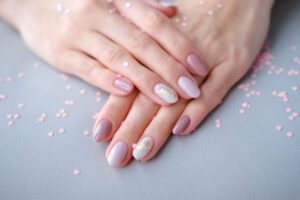
Colors of Culture: Nail Hues’ Symbolic Meanings Across Societies
In a nail studio, one can find a rainbow of colors that can make simple nail care a cultural statement. Beyond aesthetic appeal, nail painting colors can symbolize global civilizations’ rituals, emotions, and history. These nail art colors reveal how beauty and tradition are linked worldwide.
Many Westerners choose red nail paint because it symbolizes love, passion, and strength. Classic and bold, it evokes allure and iconic femininity, immortalized by Marilyn Monroe. This bright color symbolizes confidence and celebration at parties. Red is also a warning or forbidden color in several civilizations, as shown by its strong appearance on fingertips.
Moving to a more tranquil color, blue, which represents the expanse of the heavens and seas, is universally comforting. In North America, blue nails can represent calm and stability, evoking a spa-like getaway. In contrast, Middle Eastern societies believe blue protects against evil and brings tranquility. Blue charms are popular in Turkey and Egypt, emphasizing their protective nature.
White nail paint represents purity and simplicity. Western marriages use it to symbolize innocence and new beginnings. In China and India, white is the color of mourning and is worn less as a fashion statement and more as a cultural symbol during loss. This drastic variation in understanding shows how cultural context shapes color symbolism.
Long considered rebellious, black nail paint now represents modern style and sophistication. In Western fashion, punk and goth subcultures wear black nails to rebel against society and embrace more profound beauty. Black was traditionally worn by Japanese noblemen and symbolized strength and authority. Therefore, its application in nail art can show respect for tradition.
Nail polish with golden tones symbolizes riches, elegance, and prominence. Gold is the color of choice for jewelry and nails at Diwali and weddings in India, symbolizing prosperity and divine grace. In the Middle East, gold nails are a fashion statement that matches local jewelry trends and is typically matched with complex henna designs to enhance the wearer’s elegance at celebrations.
Depending on the tint, Green can symbolize fresh beginnings, health, envy, and illness. Western civilizations utilize it around spring. Green, the Irish national color, symbolizes lush landscapes and leprechaun legends and is worn on St. Patrick’s Day and weddings to bring luck. Due to connotations of illness and misfortune, green nails may be less prevalent in various Asian societies.
As we explore any nail studio’s palette, we realize that each hue is a narrative intertwined with ethnic identity, emotional depth, and historical relevance. Thus, nail color is a silent communication that imparts values, beliefs, and belonging to society’s cultural fabric. Therefore, picking a nail color becomes a conversation with tradition, a dance with history, and a string with cultural symbolism that makes every day wonderful and simply meaningful.
As we explore the vivid world of nail color symbolism, we must study less common hues with cultural significance. Purple, for instance, represents majesty, richness, and wisdom. Purple nail paint symbolizes innovation and originality in Western cultures, yet grief and funerals in Thailand demonstrate their conflicting meanings.
The Netherlands and other European countries also use orange, a hue associated with energy and passion, for sports and national events to show national pride. Orange, especially in Hinduism, symbolizes sacredness and spirituality and is worn at religious rites to bring blessings and optimism.
These examples demonstrate the complex interplay between nail studio color selections and cultural relevance. Every nail polish bottle is a drop of history, a spark of societal values, and a representation of personal identity related to the wearer’s ancestry. Thus, choosing a nail color becomes a deeply personal but universal cultural statement.

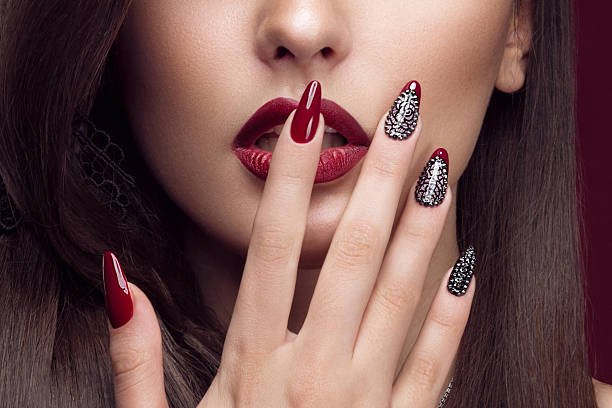




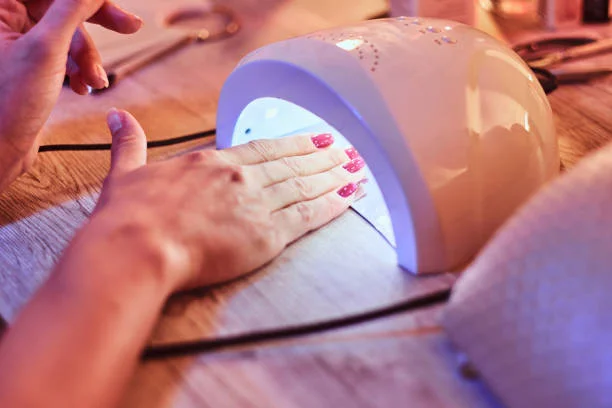
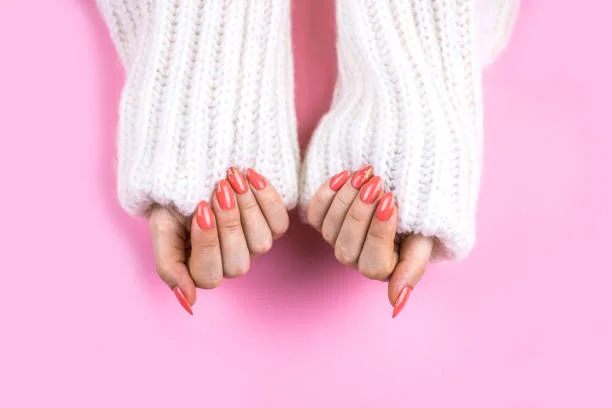
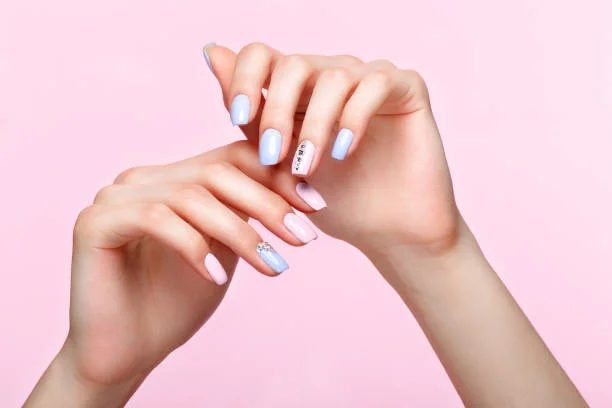
Leave a Reply